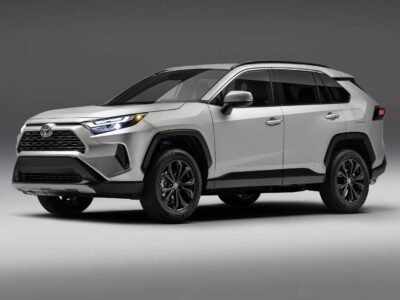
Ford Puma Fuel Tank Capacity (All Years and Versions)
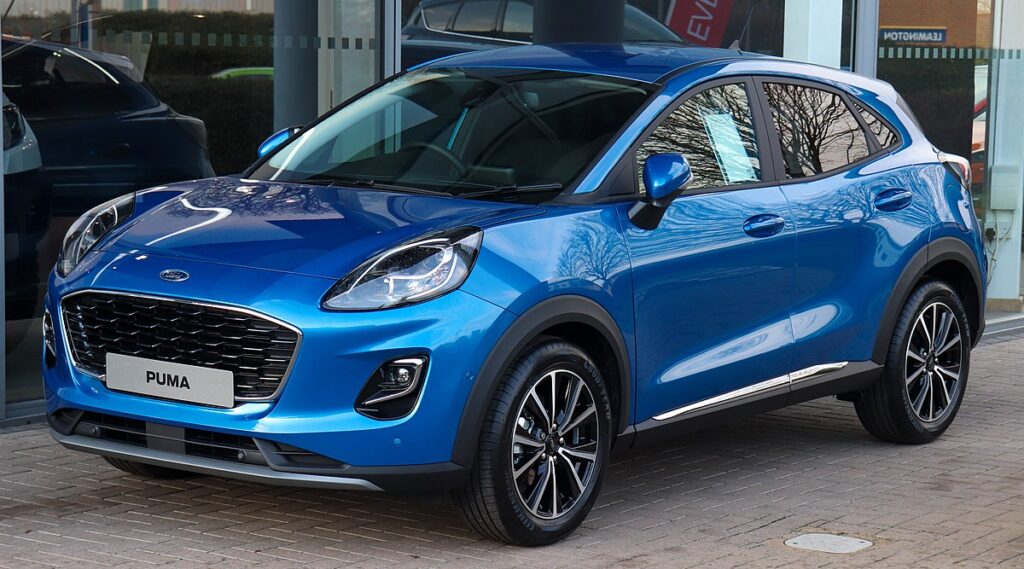
The Ford Puma, produced from 1997 to 2020, is known for its sporty handling, efficient engines, and compact design. Over the years, Ford introduced several variants — from the original coupe to the modern SUV — each featuring distinct fuel tank capacities, engine types, and performance metrics.
This detailed guide lists every Ford Puma fuel tank capacity by year, engine type, and transmission, helping you estimate your driving range, fuel efficiency, and refueling frequency with precision.
Overview of the Ford Puma
| Specification | Details |
|---|---|
| Production Years | 1997 – 2020 |
| Body Types | Coupe (1997–2002), SUV (2019–2020+) |
| Fuel Type | Petrol |
| Transmission Options | Manual |
| Power Output | 90 hp – 125 hp |
| Top Speed | 175 km/h – 203 km/h |
| Fuel Tank Capacity Range | 40 – 42 liters |
Fuel Tank Capacity by Model Year
First Generation Ford Puma (1997–2002) – Coupe
The original Ford Puma was a small sports coupe based on the Ford Fiesta platform. It offered exceptional handling and a compact design ideal for city and spirited driving.
| Model Year | Engine (Petrol) | Transmission | Fuel Tank Capacity | Power (hp) | Top Speed (km/h) |
|---|---|---|---|---|---|
| 1997 | 1.4L 16V Zetec | Manual | 42 L | 90 hp | 175 |
| 1998 | 1.6L 16V Zetec | Manual | 42 L | 103 hp | 180 |
| 1999 | 1.7L 16V Zetec | Manual | 42 L | 125 hp | 203 |
| 2000 | 1.7L 16V Zetec | Manual | 42 L | 125 hp | 203 |
| 2001 | 1.7L 16V Zetec | Manual | 42 L | 125 hp | 203 |
| 2002 | 1.7L 16V Zetec | Manual | 42 L | 125 hp | 203 |
🛠️ Note: All first-generation Puma models featured a 42-liter fuel tank, offering a practical balance between performance and efficiency.
You may be interested in readingWhat Oil Does a Ford Puma Need: The Complete Guide for Every Model and Engine Type
Second Generation Ford Puma (2019–Present) – SUV
After nearly two decades, the Ford Puma returned as a stylish compact SUV, focusing on modern efficiency and mild-hybrid technology.
| Model Year | Engine (Petrol) | Transmission | Fuel Tank Capacity | Power (hp) | Top Speed (km/h) |
|---|---|---|---|---|---|
| 2019 | 1.0L EcoBoost | Manual | 40 L | 95 hp | 175 |
| 2020 | 1.0L EcoBoost Hybrid | Manual | 40 L | 125 hp | 190 |
| 2020 | 1.0L EcoBoost mHEV | Manual | 40 L | 155 hp | 203 |
⚡ Efficiency Insight: The new-generation Ford Puma SUV achieves excellent fuel economy thanks to its EcoBoost mild-hybrid system, balancing power and consumption even with a smaller 40-liter tank.
Fuel Range and Consumption
Here’s an estimate of how far you can travel on a full tank, based on average fuel economy:
| Engine Type | Fuel Economy (Combined) | Tank Size | Estimated Range (km) |
|---|---|---|---|
| 1.0L EcoBoost (95 hp) | 5.5 L/100 km | 40 L | ~725 km |
| 1.0L EcoBoost Hybrid (125 hp) | 5.0 L/100 km | 40 L | ~800 km |
| 1.7L Zetec (125 hp) | 7.5 L/100 km | 42 L | ~560 km |
⛽ Pro Tip: The EcoBoost Hybrid versions are among the most fuel-efficient in the Puma lineup, offering up to 800 km of range on a single tank.
You may be interested in readingWhat Oil Does a Ford Puma Need: The Complete Guide for Every Model and Engine Type
You may be interested in readingFord Puma Towing Capacity Guide (2019–2025)
Fuel Tank Location and Refueling Tips
- Location: The fuel tank inlet is on the right-hand side of the vehicle (passenger side in LHD markets).
- Cap Type: Modern models use a capless EasyFuel system that prevents misfuelling.
- Fuel Type: Always use unleaded petrol — minimum RON 95 recommended.
- Reserve Capacity: Around 5 liters in all variants for emergency range.
Comparison: Coupe vs SUV Fuel Tank
| Aspect | Coupe (1997–2002) | SUV (2019–Present) |
|---|---|---|
| Tank Size | 42 liters | 40 liters |
| Average Range | 550–600 km | 700–800 km |
| Engine Type | Naturally aspirated petrol | Turbocharged EcoBoost / Hybrid |
| Efficiency Focus | Performance | Economy |
| Fuel Cap | Screw-on metal cap | Capless EasyFuel system |
Common FAQs
1. What is the Ford Puma fuel tank capacity?
Depending on the model year and generation, the capacity ranges between 40 and 42 liters.
2. Does the hybrid version have a smaller fuel tank?
Yes, the EcoBoost Hybrid uses a 40-liter tank, optimized for weight and efficiency due to regenerative braking and electric assistance.
3. How far can the Ford Puma go on a full tank?
Between 550 km and 800 km, depending on engine size and driving style.
4. What fuel should I use?
Always use unleaded petrol, ideally 95 RON or higher for optimal performance.
You may be interested in reading What Oil Does a Ford Puma Need: The Complete Guide for Every Model and Engine Type
What Oil Does a Ford Puma Need: The Complete Guide for Every Model and Engine Type Ford Puma Towing Capacity Guide (2019–2025)
Ford Puma Towing Capacity Guide (2019–2025) Ford Puma Dimensions and Boot Capacity: Full 2025 Guide
Ford Puma Dimensions and Boot Capacity: Full 2025 Guide5. Where is the fuel filler located?
The fuel filler is on the right side of the vehicle body.
Summary
The Ford Puma’s fuel tank capacity may appear modest — just 40 to 42 liters — but its efficient EcoBoost and mild-hybrid powertrains ensure excellent range and low fuel consumption. Whether you own the original coupe or the modern SUV, this compact Ford model offers a smart blend of sportiness and economy, proving that you don’t need a massive tank to travel far.
If you want to know other articles similar to Ford Puma Fuel Tank Capacity (All Years and Versions) you can visit the category Blog.
Deja una respuesta

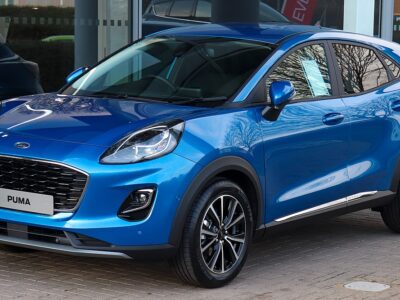
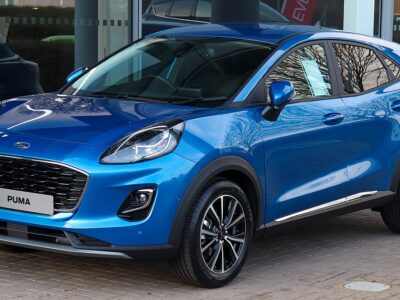
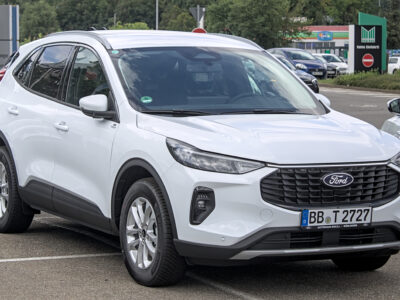
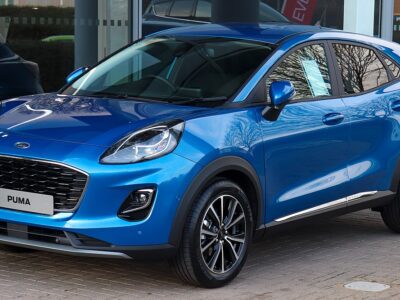
More content of your interest